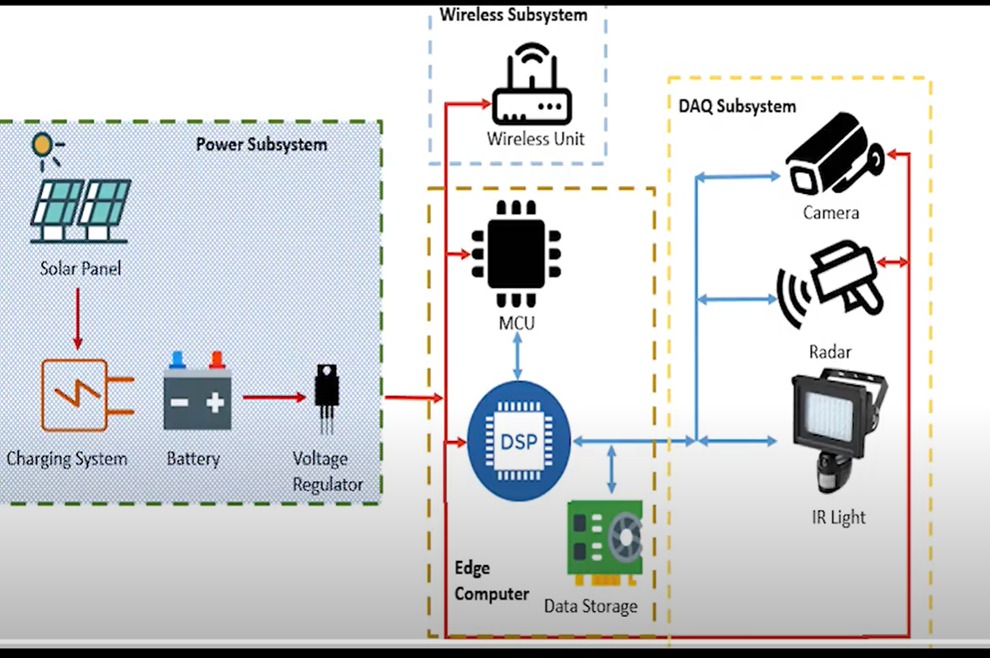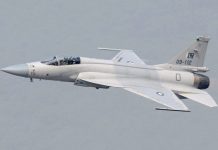ISLAMABAD: Pakistani scientists have developed an Intelligent Traffic Management System (ITMS) that can assist authorities in managing the traffic and enforcing traffic laws.
Dr Zubair Khalid, Professor of Electrical Engineering at Lahore University of Management Sciences (LUMS), said while talking to WealthPK that the ITMS issues challans to violators of traffic laws automatically, along with supporting evidence in the form of snapshots and videos. He said the system is also capable of detecting riders and drivers who are not wearing helmets or seatbelts, as well as speed violations.
Dr Zubair said this project was sponsored by the Higher Education Commission (HEC) and was aimed at designing, developing, and deploying an active highway safety system consisting of a set of sensing and decision-making roadside modules capable of communicating the sensed and inferred information over a wireless channel on national motorways and highways to assist law enforcement agencies.
“Upon the completion of the project after 24 months, it is ready to help authorities enforce traffic rules and regulations more efficiently and effectively for enhanced highways safety,” he said.
This system’s goal was to enhance the safety of travellers on national highways/motorways by developing systems for automated speed enforcement, detection of mobile phone usage while driving, and other violations.
Dr Zubair said that the main cause of road accidents in Pakistan is violation of traffic laws and a careless driving attitude. According to the World Health Organisation (WHO), globally 1.3 million people die in traffic accidents every year. The number of traffic accidents has increased by 80% over the past 20 years.
While explaining the working and functions of the technology, he said smart traffic management on road networks contain node comprising radar cameras in IR lights, and the edge computing platform communicating with the backend server.
“We run different intelligent algorithms to synchronise and process data for instantaneous reporting at each node,” he said.
“We combine the data from the cameras and radars to provide multiple features, including speed monitoring and targeted licence plate recognition, seat belt detection, lane violation tracking at night, and fog and traffic monitoring,” he said.
Dr Zubair said the technology could accurately predict and control the flow of transportation networks to provide better service for citizens. He said the ITMS is also making it possible to reduce accidents by optimising flows across intersections.
While talking about technology deployment, Dr Zubair said traffic lights are an important part of the transportation infrastructure. Transport management authorities used timers and other traffic signal tools to maintain traffic flow and organisation. However, that is no longer the case. Today, traffic lights are run by computers. It allows for better control over the timing of traffic lights. It also helps to add more functions, like using ITMS to improve traffic management.
The ITMS uses the AI to help traffic move more smoothly by incorporating the internet of things (IoT) to improve mobility, reduce traffic accidents and lower death rates.





